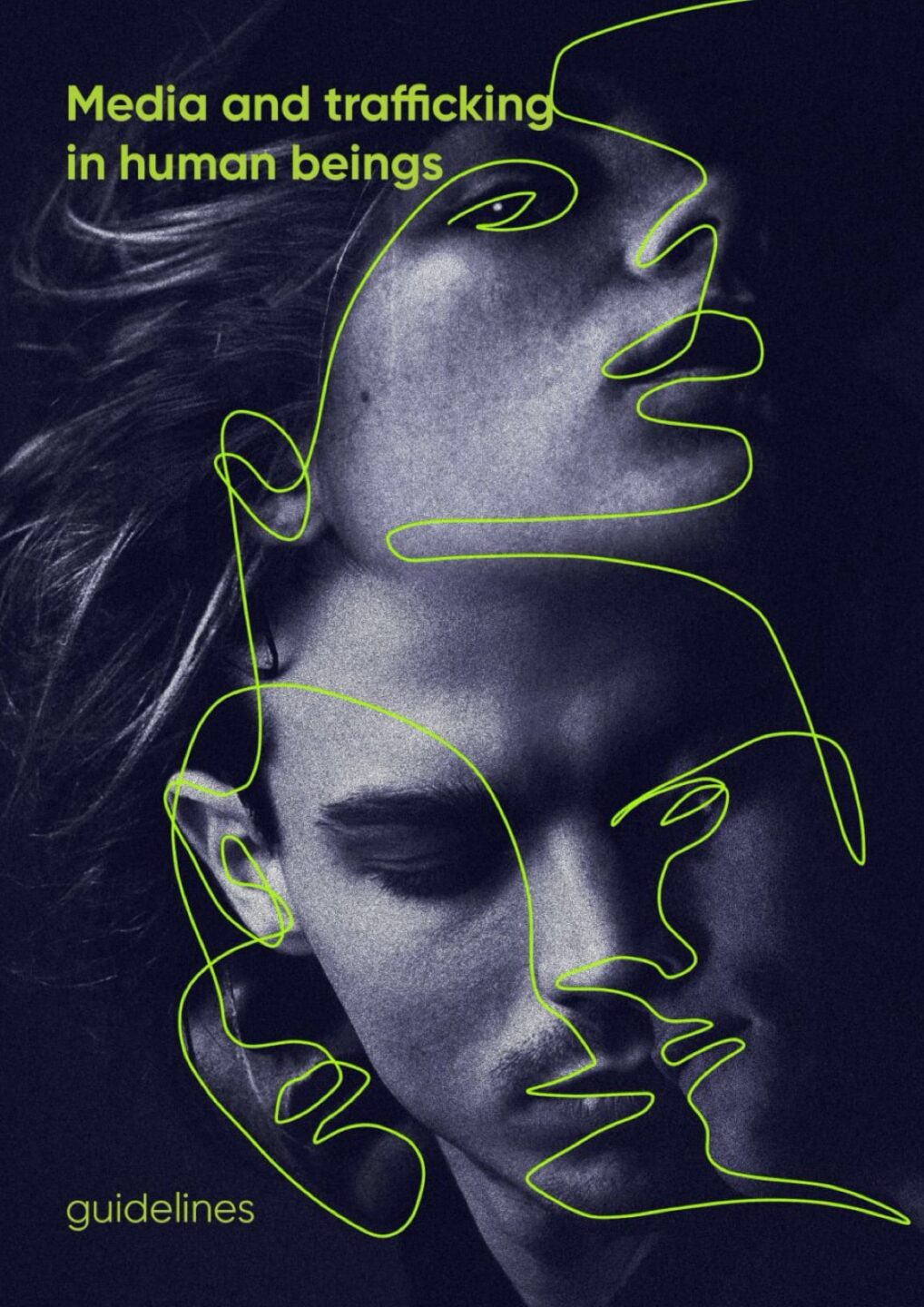Media and Trafficking in Human Beings
These guidelines aim to help editors and reporters to better understand the issues of human trafficking and to shape their stories in ways that avoid the dangers lurking in an aggressive and competitive media landscape.

Human trafficking is a complex social problem that requires thoughtful, informed and, above all, compassionate journalism to provide context, give voice to the victims and assist in the search for solutions. Media and journalism should play a positive role in persuading the world that trafficking can be diminished if not eradicated. Political leaders and the public at large need to read, hear and see the full story. It is an essential first step in generating the political will needed to overcome the fundamental causes of human trafficking.
The advice and suggestions set out in these pages can help journalists to think twice about how they report on trafficking; to consider the legal and human rights issues involved; the treatment of the victims, their privacy and welfare; and how to tell the story with humanity and style while helping audiences to understand better what must be done.
These guidelines have been adapted from the original publication elaborated in the framework of the project “Fight against Trafficking in Human Beings and Organised Crime – Phase 2” funded by the European Commission and implemented by the International Centre for Migration Policy Development (ICMPD) in cooperation with Expertise France and FIIAPP.